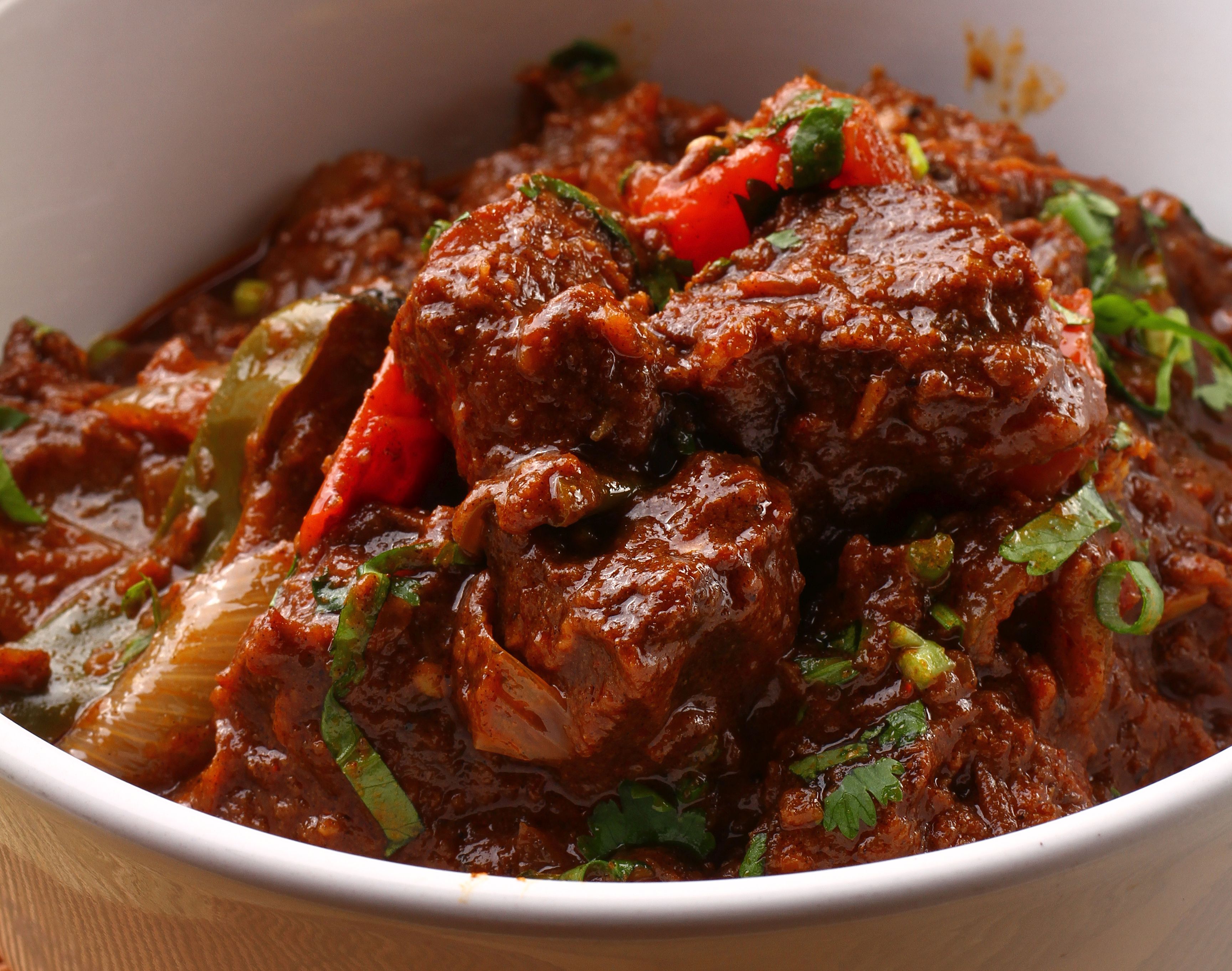Recipe Description
I would hesitate to call this dish a ‘deconstruction’ or ‘interpretation’ of the traditional Peranakan kuih. Rather, I drew from my favourite aspects of the kuih and used those as a reference. This dish came after a conversation with my partner during which we touched on my lack of enthusiasm for using coconut in sweet applications (weird for a Southeast Asian, I know). In thinking about using it as a primary ingredient, pulut tai tai (pulut tekan) came to mind as it is one of my favorite coconut-heavy sweets. The name is tongue-in-cheek and has a backstory. But I can’t give all my pastry chef secrets away just yet.
Recipe Ingredient
- base 1: Pulut Tai Tai cubes
- 200 g glutinous rice
- 50 g coconut milk, divided
- 2 g salt
- 3 pandan leaves, knotted
- Blue pea flowers, fresh or dried
- Banana leaf, for steaming and lining
- 4” square cake tin
- side dip: Kaya
- 500 g whole eggs (about 10 eggs)
- 400 g Gula Melaka, shaved or grated
- 200 g castor sugar
- 150 g coconut milk (first press)
- 4 pandan leaves, knotted
- base 2: Coconut flesh
- Coconut flesh from one young coconut
- topping 1: Coconut parfait
- 3g platinum sheet gelatine (4 g powdered gelatine)
- 200 g coconut milk, divided
- 50 g egg yolks
- 125 g whipping cream
- 35 g castor sugar (pâte à bombe)
- 10 g water (pâte à bombe)
- 45 g egg white (Italian meringue)
- 50 g castor sugar (Italian meringue)
- 15 g water (Italian meringue)
- 50 g kaya
- Candy thermometer
- Parchment paper
- 5” square cake tin
- 1.5” round cookie cutter
- topping 2: Coconut foam
- 1.5 g platinum sheet gelatine (2 g powdered gelatine)
- 5 g sugar + 5 g water (simple syrup)
- 2 g salt
- 200 g coconut milk
- drizzle: Gula melaka and salted egg yolk caramel
- 300 g Gula Melaka, shaved or grated
- 100 g coconut milk
- 20 g salted egg yolk, mashed
- 4 g sea salt
- Plating instructions
- 6-7 cubes pulut tai tai
- 6-7 squares coconut flesh
- 1 x 1.5” round coconut parfait
- Coconut foam
- 1 thin strip of coconut flesh
Instructions
- Make blue pea flower colouring: crush fresh flowers and soak in filtered water, or rehydrate dried flowers in hot water. Pass through a fine strainer once the colour has been extracted from the flowers, about twenty minutes. Soak half the rice in this coloured water and the other half in regular filtered water for at least twelve hours.
- Before cooking, drain rice. Prepare a plate or dish large enough to hold all the rice that can be placed in a steamer. Line this dish with banana leaf strips.
- Place all the rice in the banana-leaf lined dish and add 35 g of the coconut milk, salt and pandan. Steam for 5-7 minutes.
- Prepare a 4” square cake tin by lining it with strips of a banana leaf (shiny side up). You should have enough banana leaf strips to cover the top of the rice as well. Have another tin or square cake board ready, as well as a weight (such as a pestle and mortar or baking weights) to press the glutinous rice.
- Take the glutinous rice out and add remaining 15 g coconut milk if the grains are more than 50% uncooked on the inside and the mixture seems dry. Steam for a further 5 minutes.
- Check the doneness of the rice. Once cooked, fluff the rice together with a fork to marble the colours.
- Transfer all the rice to the banana leaf-lined tin. Cover the top with more banana leaf strips and press with the tin or cake board and weight(s).
- Allow the pulut tai tai to cool to room temperature.
- Before cutting, chill the pulut tai tai for fifteen to twenty minutes. This will make it easier to cut into clean cubes. Once slightly chilled, cut into 1 cm cubes.
- Whisk together the eggs and sugar in a bowl, ensuring the sugar is dissolved. Whisk in the coconut milk. Add pandan.
- Place the bowl over a pot of lightly boiling water. The bottom of the bowl should not touch the surface of the water (this is a bain marie). Cook the mixture over the bain marie until it is thickened, stirring with a spatula the entire time.
- Once thickened, cover and steam for approximately 40 minutes. Stir intermittently with a spatula to ensure even cooking. The kaya will be thick enough to hold its texture when you stir it.
- Allow to cool and store in the refrigerator. *This is a large recipe because you’ll want to eat the rest with toast! This is how my grandmother taught me how to make my great grandmother’s kaya. Feel free to use your own recipe.
- Cut coconut flesh into 1 cm squares and thin strips (approximately 7 mm x 50 mm).
- Prepare a 5” square cake tin with parchment paper.
- Bloom gelatine in cold water.
- Warm 50 g of coconut milk. Dissolve bloomed gelatine in the warm coconut milk. Once dissolved, combine with the remaining coconut milk and pass through a fine strainer. Chill.
- Make pâte à bombe: Prepare egg yolks in the bowl of a stand mixer fitted with a whisk attachment (this can also be done by hand). Heat water and caster sugar to 120C (use a candy thermometer). Begin whisking the yolks and slowly stream in the sugar syrup (with the mixer still running) along the side of the bowl. Allow this mixture to whisk on high speed until cool. It will be fluffy, pale yellow and thickened. Set aside.
- Whisk whipping cream to soft peak stage. Chill.
- Make Italian meringue: Prepare egg whites in a clean, grease-free bowl of a stand mixer fitted with a whisk attachment. Heat water and caster sugar to 117C (use a candy thermometer). Begin whisking the whites at this stage on medium speed. They should be lightly frothy by the time the sugar syrup reaches 120C. When the sugar syrup reaches 120C, slowly stream it into the egg whites (with the mixer still running) along the side of the bowl. Allow this mixture to whisk on high speed until cool. It will be shiny, stable and form stiff peaks. Set aside.
- Fold coconut mixture into the pâte à bombe. Next, fold in the whipped cream. Finally, fold in the Italian meringue.
- Transfer mixture to the lined cake tin and spread evenly. Place spoonfuls of the kaya on top of the parfait and swirl through.
- Freeze.
- To serve, cut into rounds with a 1.5” cookie cutter. Keep the rounds frozen until you’;re ready to plate.
- Bloom gelatine in cold water.
- Heat sugar and water to make a simple syrup. Dissolve bloomed gelatine and salt in this simple syrup.
- Stir this mixture into the coconut milk. Pass through a fine strainer.
- Chill and allow to set.
- Once set, whisk till smooth - it should be slightly thickened.
- Pour the foam base into a siphon, charge twice and shake vigorously.
- Chill before using.
- Heat the coconut milk and add Gula Melaka. Whisk till dissolved and continue cooking until reduced by a quarter. The mixture will be viscous.
- Add the salted egg yolk and cook for 3 more minutes.
- Take off the heat, add salt and hand blend or blend till smooth.
- Pass through a fine strainer.
- Serve warm.
- Place pulut tai tai cubes and coconut flesh (squares) on the bottom of a shallow cup or bowl.
- Place parfait on top.
- Shake siphon vigorously and garnish the top of the parfait with the coconut foam. Tap down to level out the foam.
- Garnish with a thin strip of coconut flesh.
- Before serving, drizzle over Gula melaka and salted egg yolk caramel.
base 1: Pulut Tai Tai cubes
side dip: Kaya
base 2: Coconut flesh
topping 1: Coconut parfait
topping 2: Coconut foam
drizzle: Gula melaka and salted egg yolk caramel
Plating instructions











